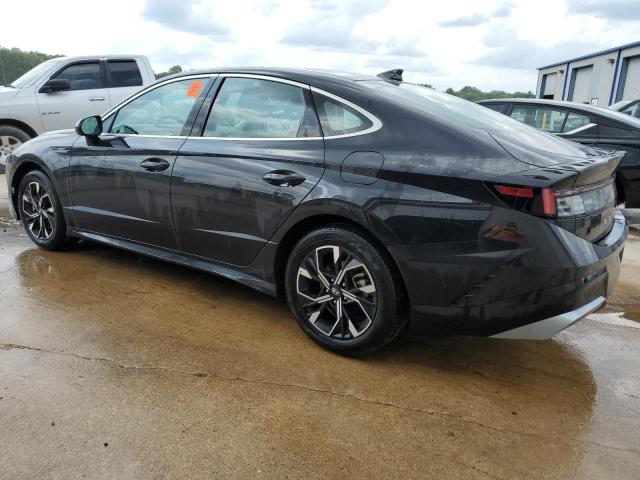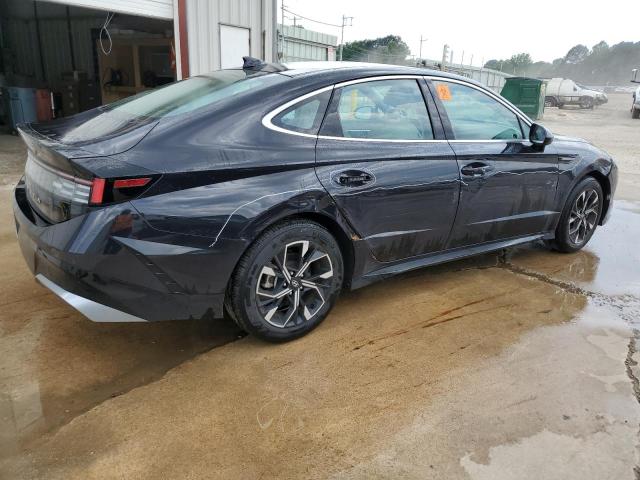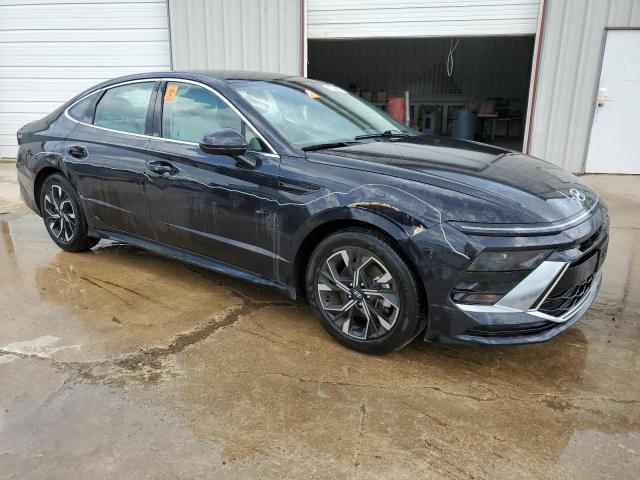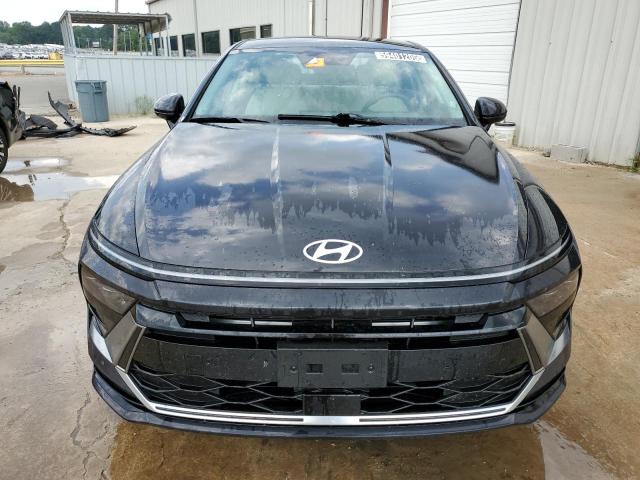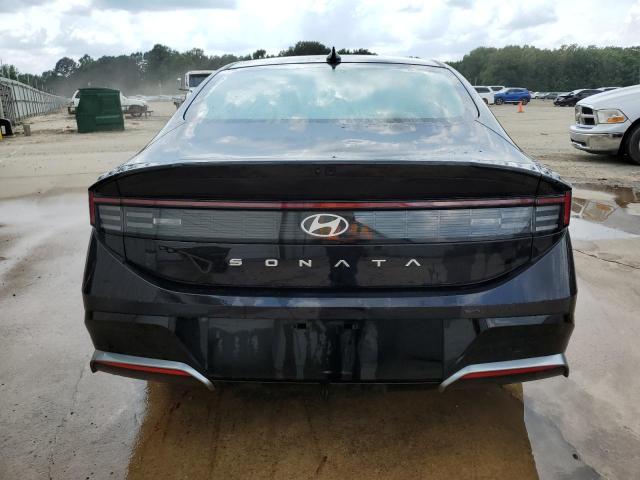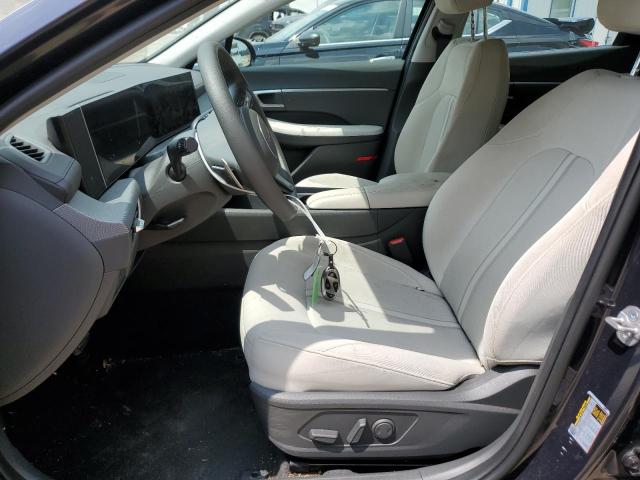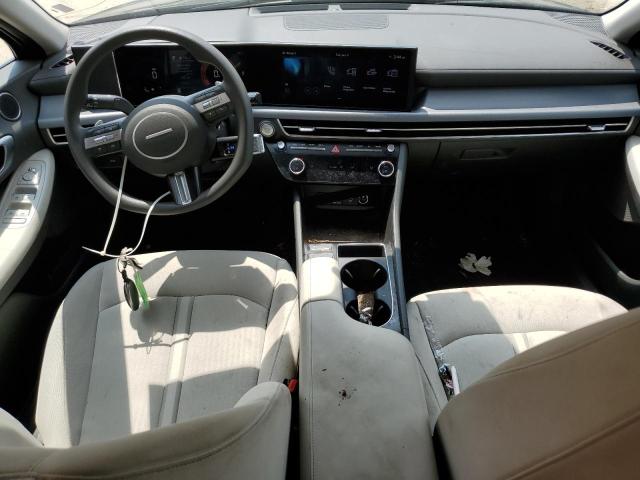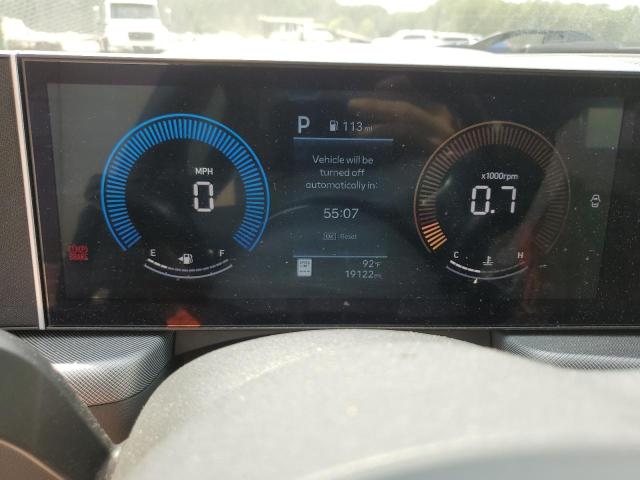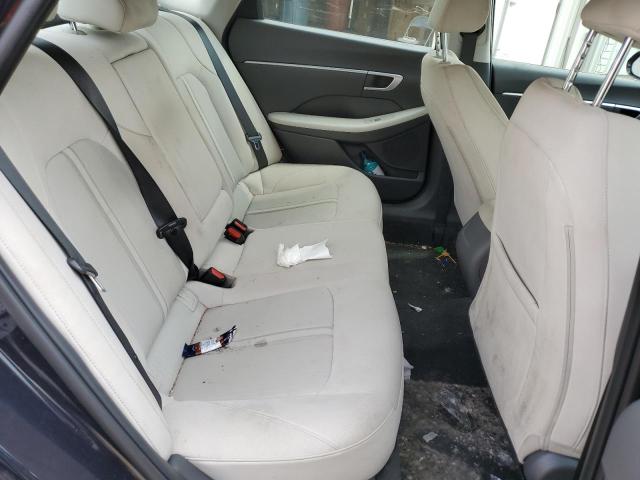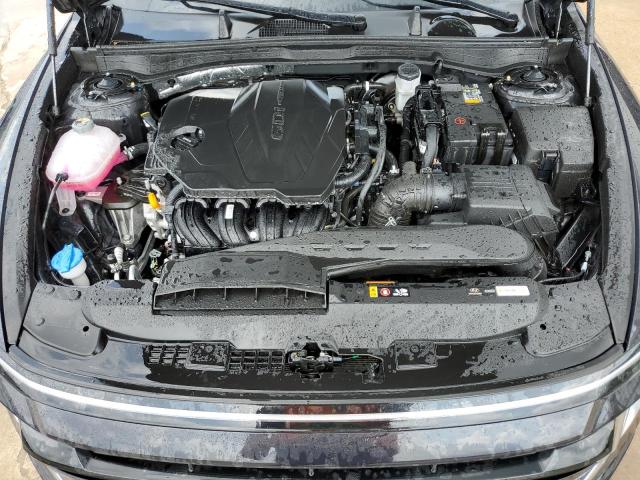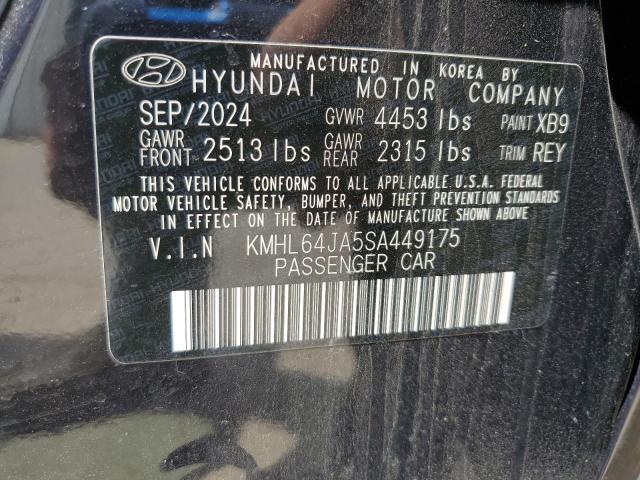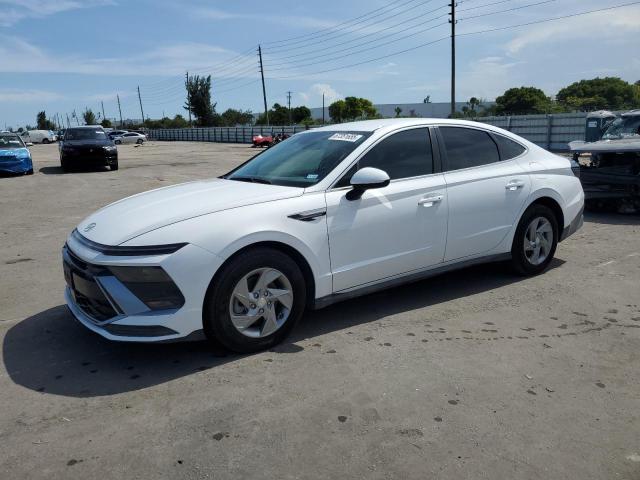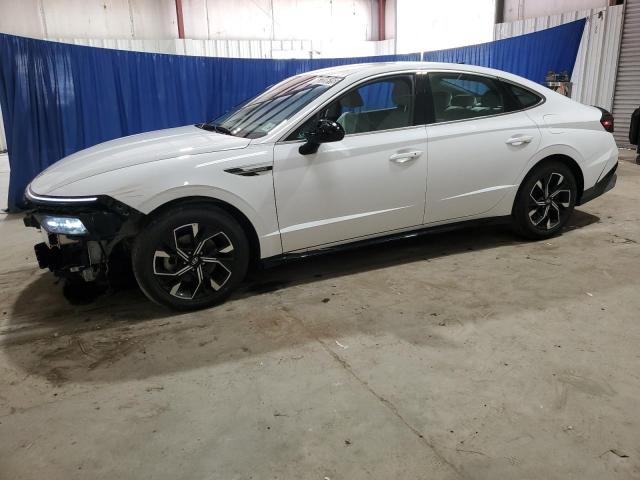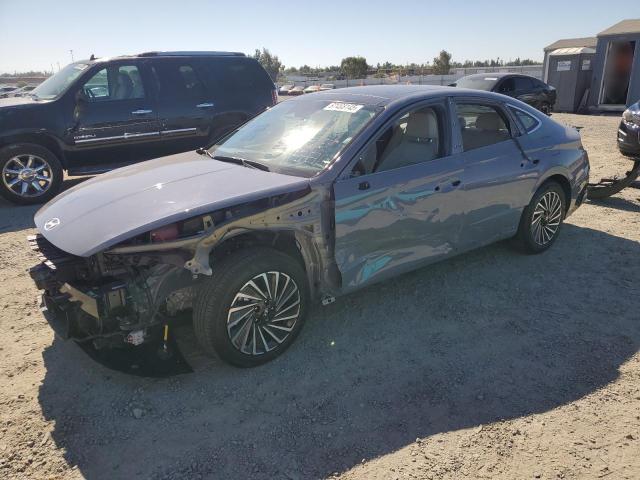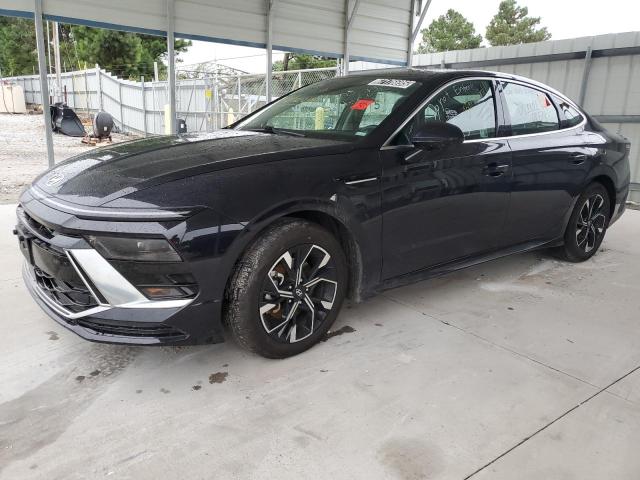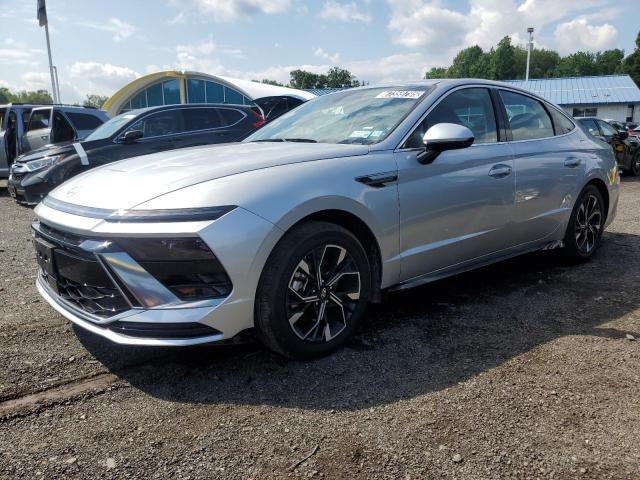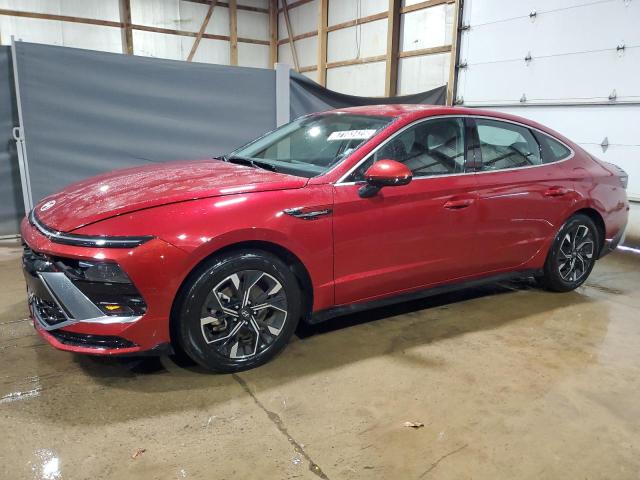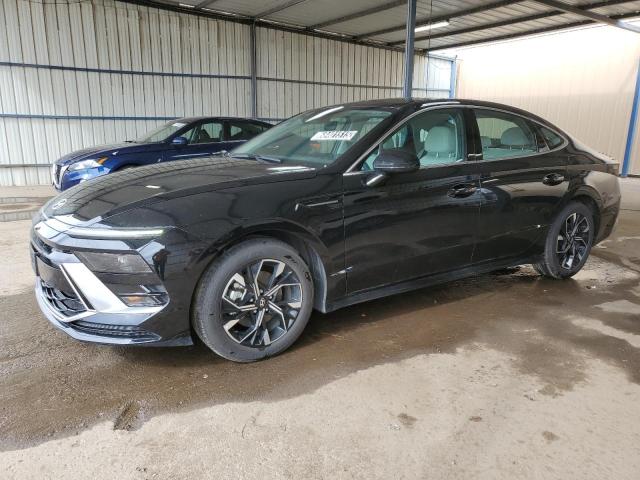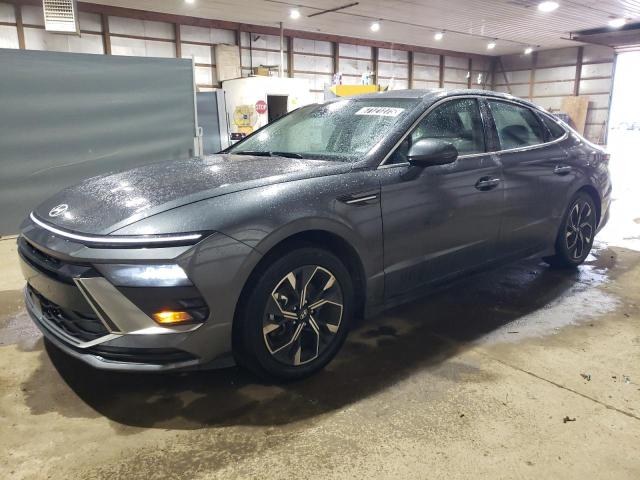2025 HYUNDAI SONATA | KMHL64JA5SA449175
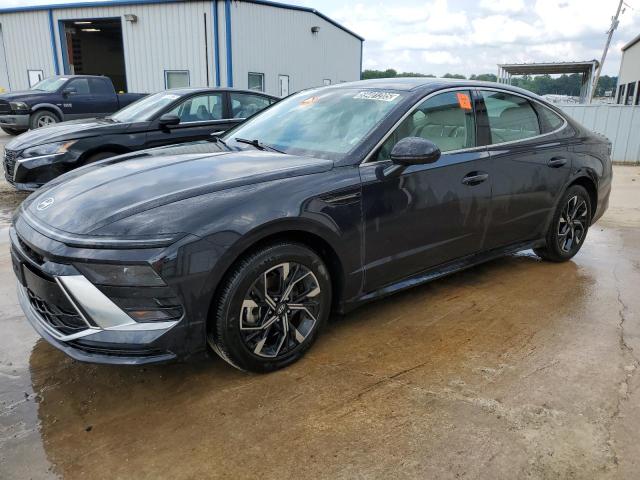 ❯
❯Lot details
- Sale Date2025-06-09
- Lot Number59401205
- LocationRENTAL VEHICLE SALE
- Odometer19,122 miles (30,774 km)
- Primary DamageALL OVER
- SellerENTERPRISE-LOGO.jpeg
Vehicle specifications
5
~$35,000
Engine: 2.5L turbocharged I4
Torque: 422 Nm
0–100 km/h: ~5.3 s
The Hyundai Sonata N Line introduces a compelling level of performance into the midsize sedan segment with its 2.5-liter turbocharged four-cylinder engine delivering 422 Nm of torque and a 0–100 km/h time of just 5.3 seconds. This power is transmitted through an 8-speed dual-clutch automatic transmission, providing sharp, immediate shifts and a sporty character uncommon at this price point. It transforms the Sonata from a family sedan into a genuine sleeper with muscle car acceleration.
Underpinning this performance is a chassis that has been stiffened and tuned for N Line duties. The suspension is firmer than in standard trims, with revised springs, dampers, and thicker anti-roll bars. Braking performance is enhanced with larger rotors, and the steering has been recalibrated for better road feel and quicker response. While front-wheel drive limits ultimate grip under hard acceleration, the torque-vectoring software minimizes understeer and helps deliver poised handling even through spirited driving.
The Sonata N Line redefines what a mainstream midsize sedan can be. It’s not just sporty in appearance but backs it up with real performance. Without sacrificing comfort or practicality, Hyundai delivers a refined four-door with a bold identity. Even outside the N Line, other Sonata variants offer hybrid efficiency or traditional comfort with a sleek, coupe-like design, but the N Line gives the model emotional appeal and enthusiast credibility in a shrinking sedan market.
Final Bid Hyundai Sonata (2025)
$10,000
$13,457
$18,950
Body Styles
The Hyundai Sonata is a four-door fastback-style sedan, adopting a bold and sweeping silhouette uncommon in its class. With a low hood, raked roofline, and a short rear deck, the profile mimics the proportions of premium four-door coupes. The LED daytime running lights are seamlessly integrated into the chrome hood trim, creating a futuristic light signature. A long wheelbase and wide stance further ground the car visually while improving interior packaging. The rear treatment is dominated by a continuous LED light bar and sculpted bumper that evoke upscale design cues rarely seen at this price point.
Model Name Meaning (Manufacturer)
The name “Sonata” was chosen by Hyundai to evoke harmony, elegance, and motion—like a musical composition. It reflects the car’s intended balance of style, technology, and comfort. Hyundai has used this name since the mid-1980s to emphasize refinement and consistency in the midsize segment.
Model Name Meaning (Languages)
“Sonata” is a musical term of Italian origin, referring to a composition typically for a solo instrument or small ensemble, derived from the word sonare (“to sound”). In the automotive context, it suggests harmony, rhythm, and sophistication, all qualities Hyundai aims to embody in the model. The name is easily understood and pronounced across global markets, enhancing its international appeal.
Body & Interior Colors and Rims
The Sonata offers a refined palette of exterior paints including Phantom Black, Portofino Gray, Serenity White, Shimmering Silver, Calypso Red, and Hampton Gray. N Line-exclusive shades like Carbon Blue and Stormy Sea emphasize its sporty character, while the Hybrid variant introduces eco-themed hues such as Nocturne Green and Digital Teal. The paint finishes are typically high-gloss, though matte and satin options appear in concept editions and regional special trims.
Inside, the cabin can be optioned with Black, Light Gray, or Dark Navy interiors in cloth, leatherette, or full leather, depending on trim. The N Line version features sport seats with red contrast stitching, suede inserts, and embroidered logos, while hybrid variants use eco-processed leather and offer a unique solar panel roof in certain trims. The dashboard layout is wide and low, featuring a digital cluster and floating infotainment screen with a wraparound design. Ambient lighting and bronze or satin metal trim accents vary across trims, enhancing the upscale, driver-focused layout.
Wheel offerings include 16-, 17-, and 18-inch alloys for standard trims, with the N Line receiving 19-inch twin five-spoke machine-finished wheels. These performance wheels are matched with low-profile tires and gloss-black accents. Hybrid variants are equipped with aerodynamic alloys designed to reduce drag and improve range, available in two-tone or silver matte finishes.
Top Expensive Options
- 12.3" Digital Gauge Cluster with Augmented Reality: $1,200
- Bose Premium Audio System with 12 Speakers: $1,000
- Highway Driving Assist II with Lane Centering: $1,300
- Remote Smart Parking Assist: $1,000
- Panoramic Glass Sunroof: $1,100
- N Line Sport Package (Seats, Grille, Exhaust): $2,000
- Heads-Up Display with Navigation Overlay: $1,400
- Solar Roof (Hybrid only): $1,300
- Surround View Monitor and Blind Spot Cameras: $1,200
- Heated and Ventilated Front and Rear Seats: $1,500
vs Competitors
The Hyundai Sonata competes in the ever-shrinking midsize sedan segment against models like the Honda Accord, Toyota Camry, Mazda6, and Nissan Altima. While the Camry and Accord emphasize efficiency and reliability, and the Mazda6 adds driver engagement, the Sonata carves out its niche through design innovation and tech-forward execution. With features like a 12.3-inch digital cockpit, digital key, solar panel roof, and aggressive N Line variant, it outpaces many rivals in equipment while undercutting them on price. The Sonata Hybrid offers better real-world fuel economy than many crossovers, and the N Line beats most competitors for power and acceleration, making the lineup one of the most versatile in the class.
Fun Fact
The Sonata Hybrid is available with an optional solar panel roof that can add up to 3 km of range per day using sunlight alone—enough to cover short errands or commuting needs over time. It was one of the first mass-market sedans in the world to offer this feature, showcasing Hyundai’s commitment to practical innovation.



